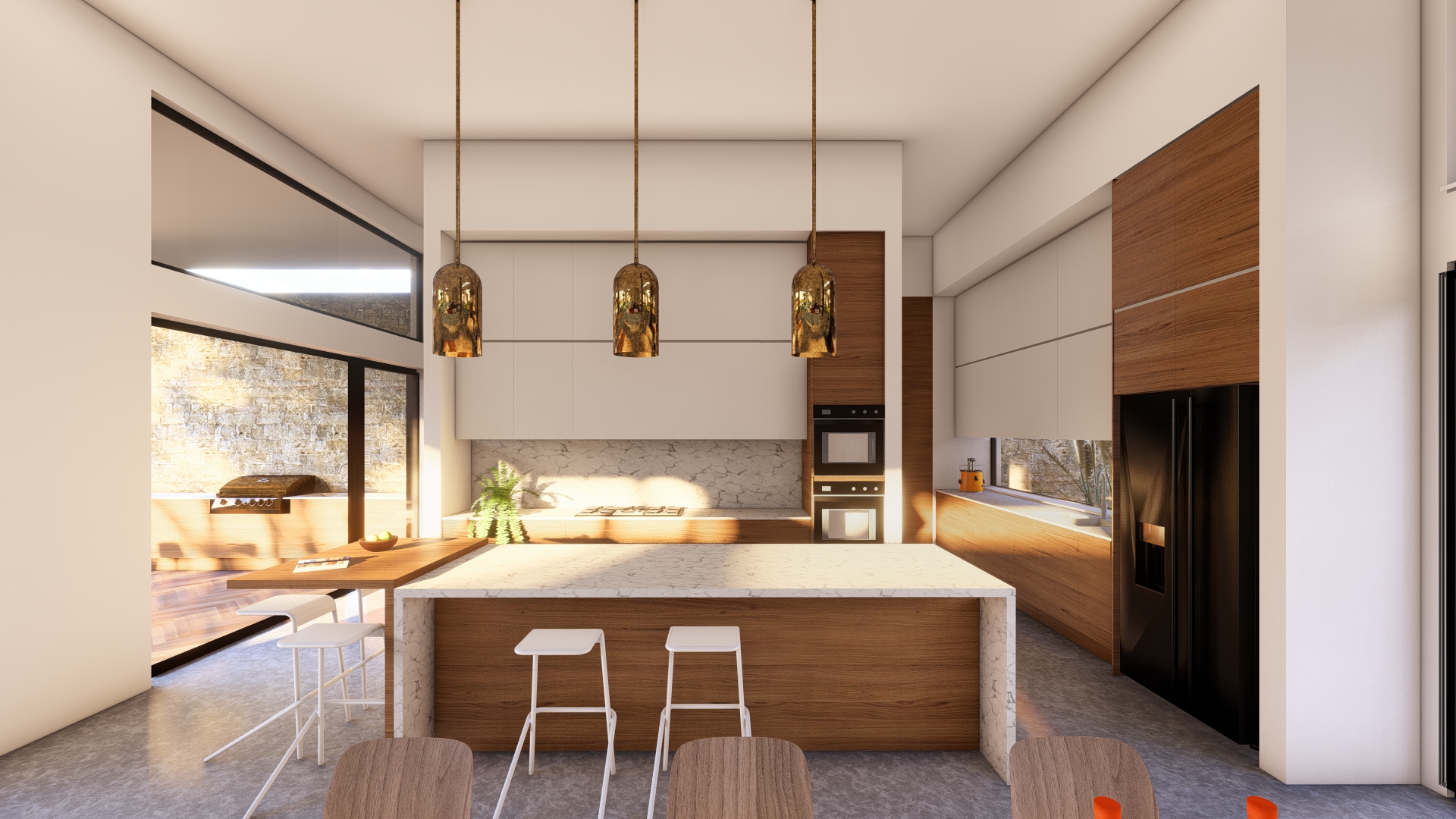How to create the perfect open-plan ranch house
The ranch house, synonymous with spacious, open-plan living, and single-story convenience, has long been a favourite among homebuyers and builders alike. Avondale Homes, South East Queensland’s most loved acreage and custom home builder, specialises in creating beautiful ranch houses that combine comfort, style, and functionality. In this comprehensive guide, we will explore how to create the perfect open-plan house, covering everything from design principles to practical considerations.
The appeal of the ranch house
These types of houses are known for their simplicity, practicality, and seamless indoor-outdoor living. These homes are typically single-story, making them accessible and easy to navigate. The open-plan layout fosters a sense of connectivity, making it perfect for both family life and entertaining.
Key design principles
1. Open-plan layout
The hallmark of this type of house is its open-plan design. This layout removes walls and barriers between common areas, creating a spacious, airy environment. The kitchen, dining, and living areas flow seamlessly into one another, promoting interaction and flexibility.
2. Single-level living
These houses are typically single-story, which enhances accessibility and convenience. This design is ideal for families with young children, elderly members, or anyone seeking a home without stairs.
3. Indoor-outdoor connection
Maximising the connection between indoor and outdoor spaces is crucial in these houses. Large windows, sliding glass doors, and patios or decks can blur the lines between the interior and exterior, providing easy access to outdoor living areas and enhancing natural light.
4. Functional zones
While the open-plan layout is key, it’s also important to create functional zones within the space. Use furniture, area rugs, and lighting to delineate different areas for cooking, dining, relaxing, and entertaining.
Designing your perfect open-plan ranch house
1. Floor plan and layout
Start with a well-thought-out floor plan. Consider the flow of movement throughout the house and how different spaces will be used. An efficient floor plan will make the home feel more spacious and functional.
Central living area: Place the living room, dining area, and kitchen in the centre of the home. This creates a hub for family activities and socialising.
Private spaces: Bedrooms and bathrooms should be located away from the main living areas to ensure privacy and quiet.
2. Kitchen design
The kitchen is often the heart of the home, especially in an open-plan house. Here are some key considerations:
Island bench: A kitchen island provides additional counter space, storage, and a casual dining area.
Open shelving: Open shelves can enhance the sense of space and make the kitchen feel more inviting.
Integrated appliances: Use built-in appliances to maintain a clean, uncluttered look.
3. Living and dining areas
Create a seamless flow between the living and dining areas. Use cohesive design elements such as matching furniture, complementary colours, and consistent flooring materials.
Flexible furniture: Choose furniture that can be easily rearranged to accommodate different activities and gatherings.
Lighting: Incorporate a mix of ambient, task, and accent lighting to create a warm, inviting atmosphere.
4. Indoor-outdoor living
Enhance the connection between indoor and outdoor spaces:
Sliding glass doors: These doors provide easy access to patios or decks and allow natural light to flood the interior.
Outdoor living space: Create an outdoor living area with comfortable seating, a dining table, and perhaps a barbecue or outdoor kitchen.
5. Bedrooms and bathrooms
Ensure that bedrooms and bathrooms offer privacy and comfort:
Master suite: Design a spacious master suite with a walk-in closet and an en-suite bathroom.
Guest bedrooms: Include comfortable guest bedrooms that can also serve as home offices or hobby rooms.




